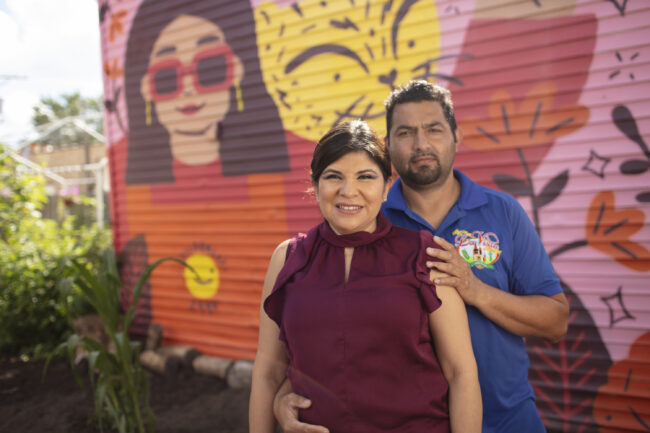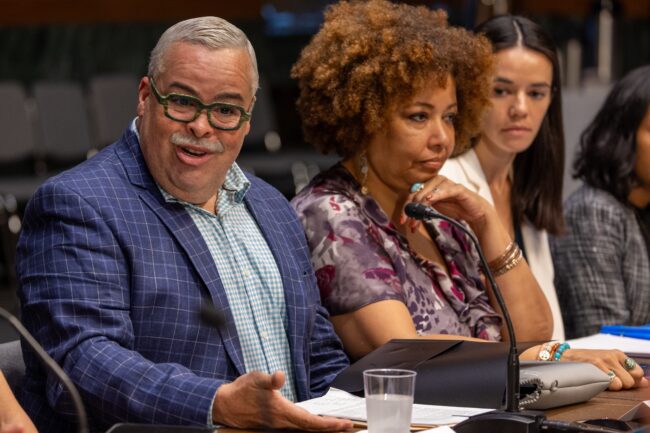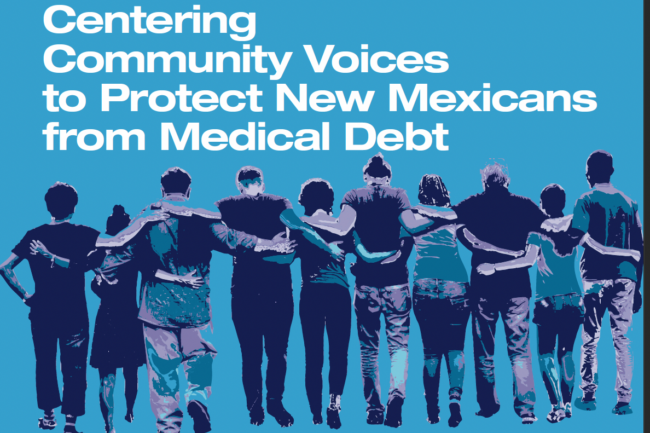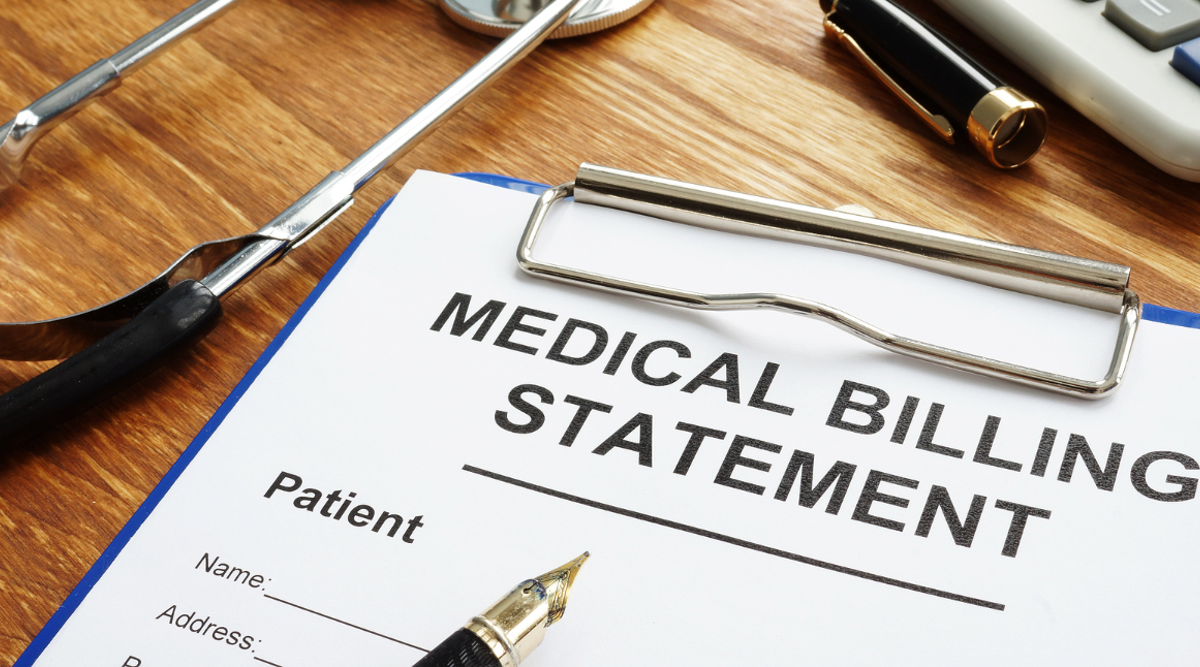Medical Debt
AffordabilityWe partner with people who have experienced medical debt to provide a platform for their concerns to be heard and so they can shape policies that help to reduce and eliminate medical debt.
When people have outstanding medical bills they cannot afford to pay, they have what’s referred to as medical debt. In fact, nearly 100 million people — that’s 4 in 10 adults in the U.S. — have medical debt. This includes nearly 11 million people who owe more than $2,000 and 3 million people who owe more than $10,000. Black adults (16 percent) report a disproportionate amount of medical debt compared to white adults (9 percent).
100 million people in the U.S. have medical debt
11 million people in the U.S. owe more than $2,000 in medical debt
3 million people in the U.S. owe more than $10,000 in medical debt
Despite advocacy and laws like the Affordable Care Act (ACA) that have improved access to more affordable health insurance, medical debt remains a persistent problem.
This is true for people who are uninsured as well as people who are insured but lack adequate benefits or face high out-of-pocket cost sharing. Either way, inadequate coverage or a lack of insurance leaves people exposed to thousands of dollars in out-of-pocket costs, or one medical emergency away from a financial disaster.
Community Catalyst partners with people who have experienced medical debt to provide a platform for their concerns to be heard and so that they can shape policies that help to reduce and eliminate medical debt. Such policy approaches include addressing the high price of health care and curbing aggressive collection practices by hospitals and health systems.
TAKE ACTION now:
Advocating for medical debt policy is part of our broader portfolio of action to support communities in holding their hospitals accountable — whether by ending unjust billing practices, offering financial assistance to patients, or preserving community access to care in rural areas and for communities facing the highest barriers to care.
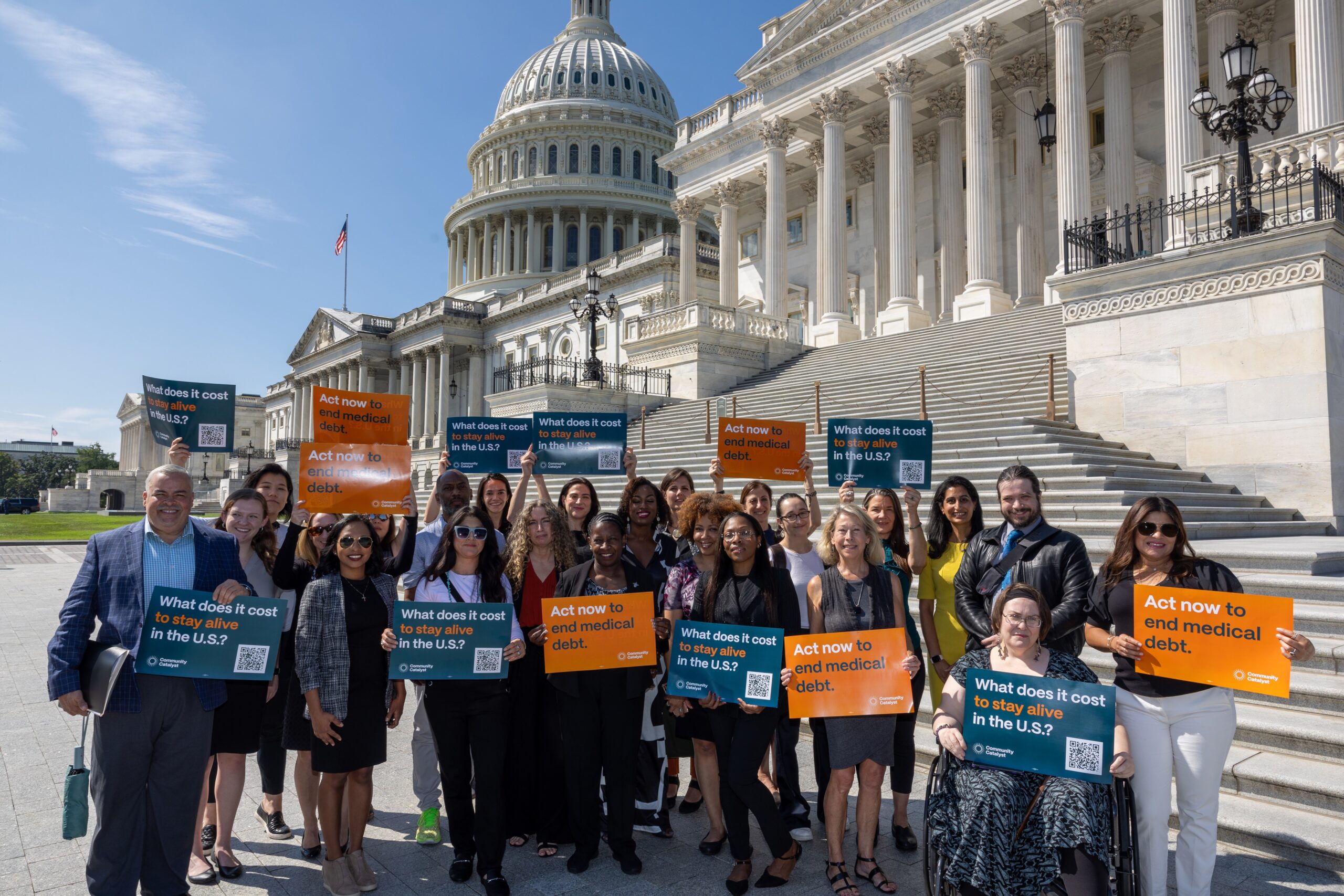
Community Catalyst, State Advocates & Impacted Community Members Applaud Biden-Harris Administration Action on Medical Debt and Urge the Incoming Administration to Keep New Rule in Place
“My biggest issue is life, liberty, and pursuit of happiness — and how the health care was set up almost took out all three of them.”

